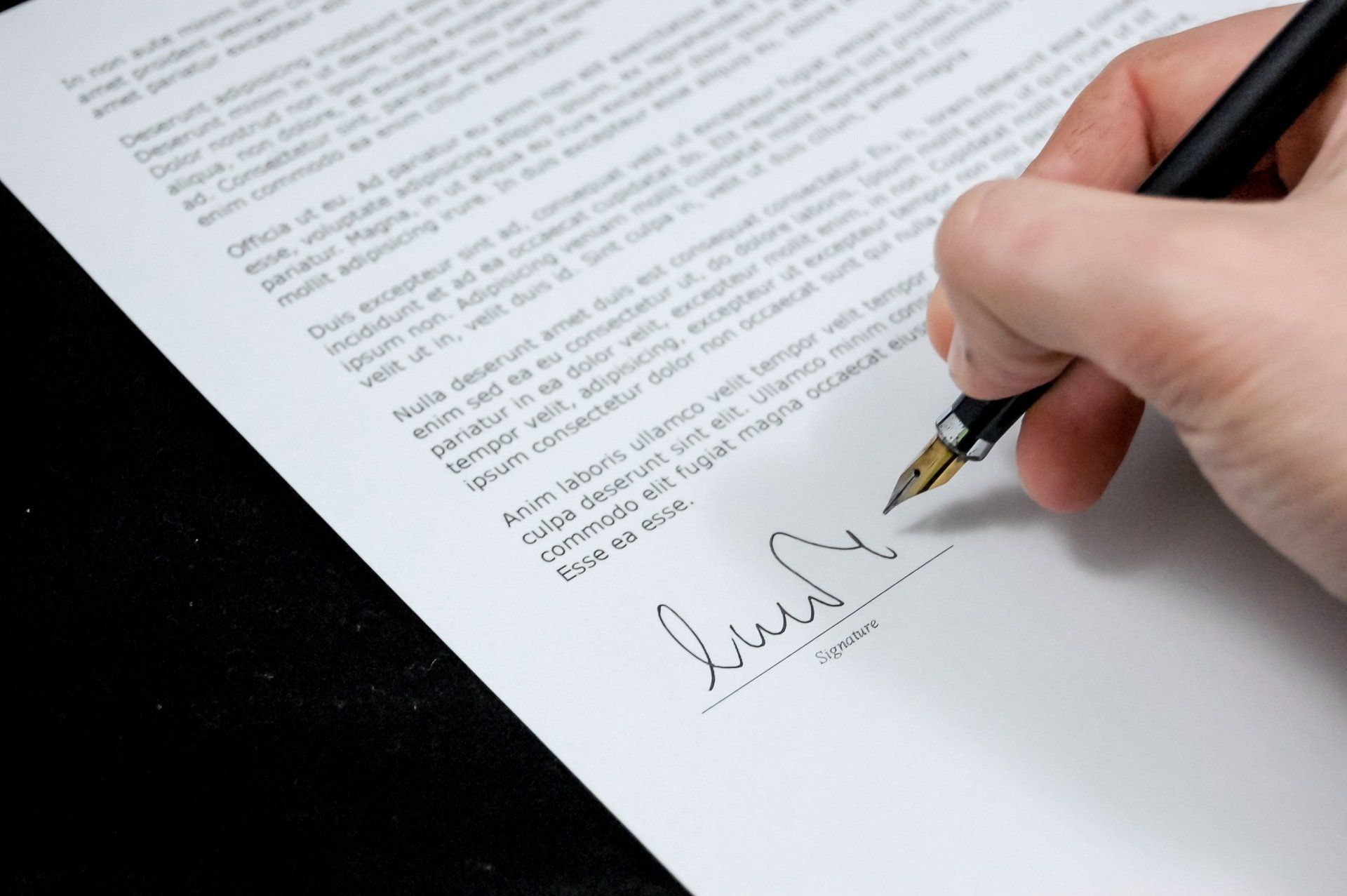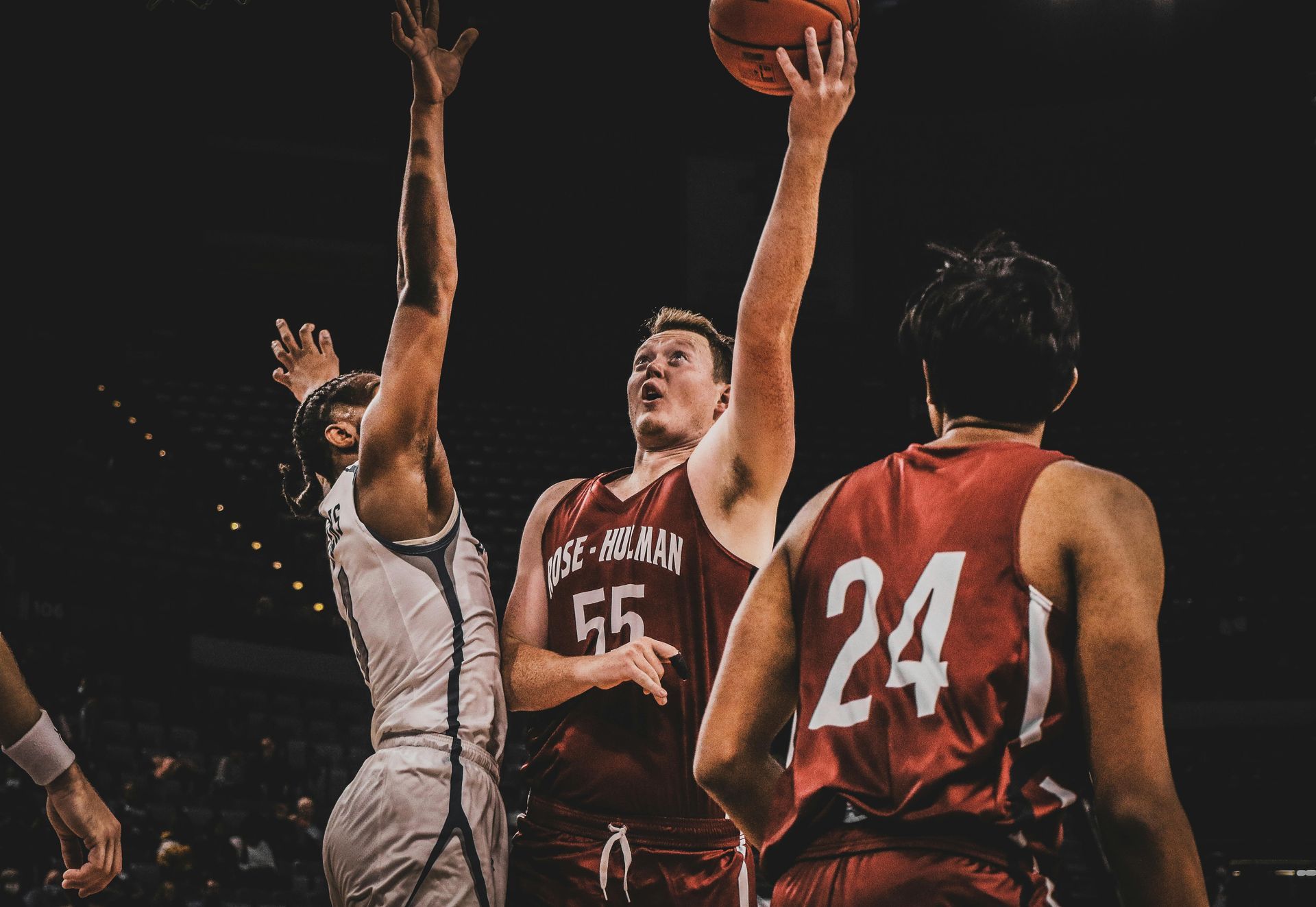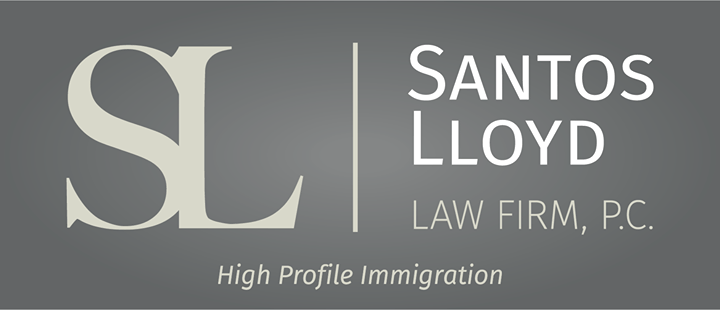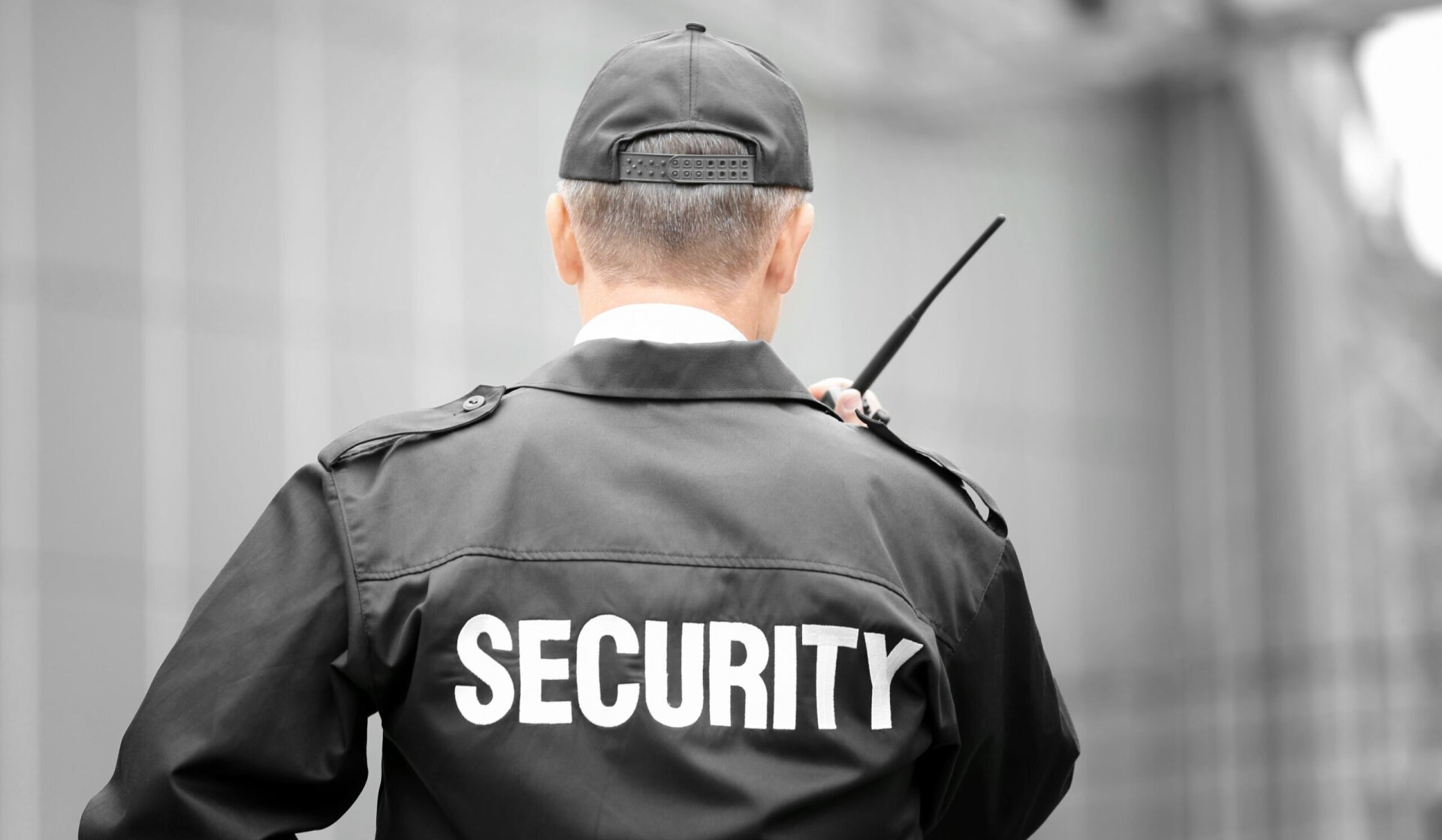¿Qué debe incluir en una solicitud de visa O-2?
April Perez • July 6, 2023
Click here to read this article in English
Una visa O-2 es una visa para el personal de apoyo de un solicitante de visa O-1.
La evidencia debe demostrar la actual esencialidad de la visa O-2, sus habilidades críticas y experiencia con el beneficiario O-1, y que el O-2 tiene una amplia experiencia desempeñando habilidades críticas y servicios de apoyo esenciales para el O-1.
El solicitante de la visa O-1 también será el solicitante de la visa O-2. Las solicitudes para las visas O-1 y O-2 se pueden presentar simultáneamente, o la solicitud de visa O-2 se puede presentar después de que se apruebe la solicitud del solicitante de visa O-1. Si la solicitud de visa O-2 se presenta después de que se apruebe la solicitud de visa O-1, el aviso de aprobación del solicitante de visa O-1 debe incluirse en la petición del solicitante de visa O-2.
La evidencia para la petición de visa O-2 debe incluir el currículum del solicitante de visa O-2, que debe incluir los proyectos pasados en los que ha trabajado con el solicitante de visa O-1 y enumerar su otra experiencia en el rol que se solicita para el O-2 según lo requerido por el O-1.
La petición también debe incluir una declaración del solicitante explicando por qué el trabajo del solicitante de visa O-2 será esencial para el O-1 y necesario para que el O-1 complete su trabajo para el empleador.
Si el O-1 fue solicitado por un empleador, la petición de visa O-2 debe incluir un contrato de empleo entre el O-1 y el solicitante de visa O-2.
Si el beneficiario trabajará en más de una ubicación, también debe haber un itinerario para el O-2 que enumere las producciones o eventos en los que el O-2 trabajará con el O-1.
La solicitud también debe incluir una declaración del O-1 explicando los antecedentes y experiencia del solicitante de visa O-2, así como las producciones o eventos en los que el O-1 y el O-2 han trabajado juntos.
Al igual que la visa O-1, la solicitud de visa O-2 también requiere una carta de consulta de la organización laboral correspondiente.
Las tarifas para la visa O-2 incluyen la tarifa de presentación, la tarifa de la carta de consulta y la tarifa de procesamiento premium, que es opcional.
Es posible tener varios beneficiarios O-2 para un solicitante de visa O-1, siempre y cuando cada beneficiario apoye en los mismos eventos o actuaciones O-1 durante el mismo período y en la misma ubicación
Si considera que puede calificar para una visa O-2, comuníquese con nuestra oficina.
Este blog no pretende constituir una asesoría legal y nada aquí debe interpretarse como el establecimiento de una relación abogado-cliente. Programe una consulta con un abogado de inmigración antes de actuar sobre cualquier información que aquí lea.
Similar Posts

If you've made it to the United States as a culinary professional—perhaps on an O-1B visa that recognizes your extraordinary talent, or a P-3 visa for sharing your rich culinary heritage—congratulations! You’ve already proven yourself as a standout in your craft. But what if we told you that your journey doesn’t have to end when your temporary visa does? In fact, your current status could be the perfect stepping stone to something much more lasting: a green card through the EB-1A category. The EB-1A visa is a first-preference employment-based immigrant visa, designed for individuals with “ extraordinary ability ” in fields such as the arts, sciences, education, business, or athletics. And yes—culinary arts absolutely count. The key is demonstrating that your skills have risen to the very top of your field. If you've already gone through the O-1 or P-3 process, you're likely well on your way . Here’s the good news: much of the evidence used to obtain your O-1B or P-3 visa can be repurposed for your EB-1A petition . Awards, press features, expert testimonials, and proof of your work in prestigious kitchens or at cultural events—they're all valuable again. But what’s even more exciting is that everything you’ve accomplished while in the U.S. on your temporary visa—whether launching a signature tasting menu, starring in a food documentary, or leading culinary workshops—can now be used to further strengthen your case. According to USCIS, EB-1A applicants must meet at least three of ten criteria unless they’ve received a major internationally recognized award. These criteria include things like published material about your work, original contributions of major significance, high salary, and a critical role in distinguished organizations. For many chefs, especially those who’ve thrived in the U.S. hospitality scene, it’s absolutely achievable with the right guidance. What sets the EB-1A apart is that it does not require an employer sponsor . That’s right—you can self-petition! This means your culinary career can be as flexible and entrepreneurial as you want it to be, whether that means opening your own restaurant, expanding into media, or continuing to cook your way into America’s heart. Even better? It can be one of the fastest paths to a green card available. With premium processing, your I-140 petition can be adjudicated within just 15 business days. And if your country’s EB-1 visa category is current on the visa bulletin at the time of approval, you may be eligible to file your green card application immediately. This combination of speed, autonomy, and flexibility makes EB-1A an incredibly attractive next step in your immigration journey. At Santos Lloyd Law Firm, we love helping creative professionals take their next big step. If you’ve already wowed the world with your cuisine, the EB-1A may be your opportunity to stay and make your mark for good. Contact us today to find out if the EB-1A is the next right step for you!

If you are planning on filing an O1B visa based on your extraordinary ability, you may need to provide some reference letters as part of the evidence for your application.
You can use letters for various requirements. One specific requirement for the O1B that you will definitely need letters for is the requirement: Evidence the beneficiary has received significant recognition for achievements from organizations, critics, government agencies, or other recognized experts in the field in which the alien is engaged. Such testimonials must be in a form which clearly indicates the author’s authority, expertise, and knowledge of the alien’s achievement. The letters should come from individuals who work within the same field and explain their own background and accomplishments within that field. The individual should also be familiar with the applicant’s work and be able to attest to that person’s accomplishments within the specified field. Letters from individuals without experience within the same field as the a

Once you have connected with a college program, have been admitted to the school, and deemed eligible to compete athletically, you will need to secure an F-1 student visa in order to actually attend your new college and begin your time as a student athlete. The first step in the visa process is to receive your Form I-2

For many talented athletes around the world, U.S. college athletics represent a remarkable opportunity to combine elite athletic competition with higher education. In sports such as basketball, soccer, track and field, and tennis, among others, hundreds of colleges and universities across the United States offer struct

Under the new regulation, if a person filed or files Form I-589, Application for Asylum and for Withholding of Removal after October 1, 2024, and the application remains pending with USCIS for 365 days, the applicant must pay an Annual Asylum Fee (AAF) on the one-year anniversary of his or her filing date.



